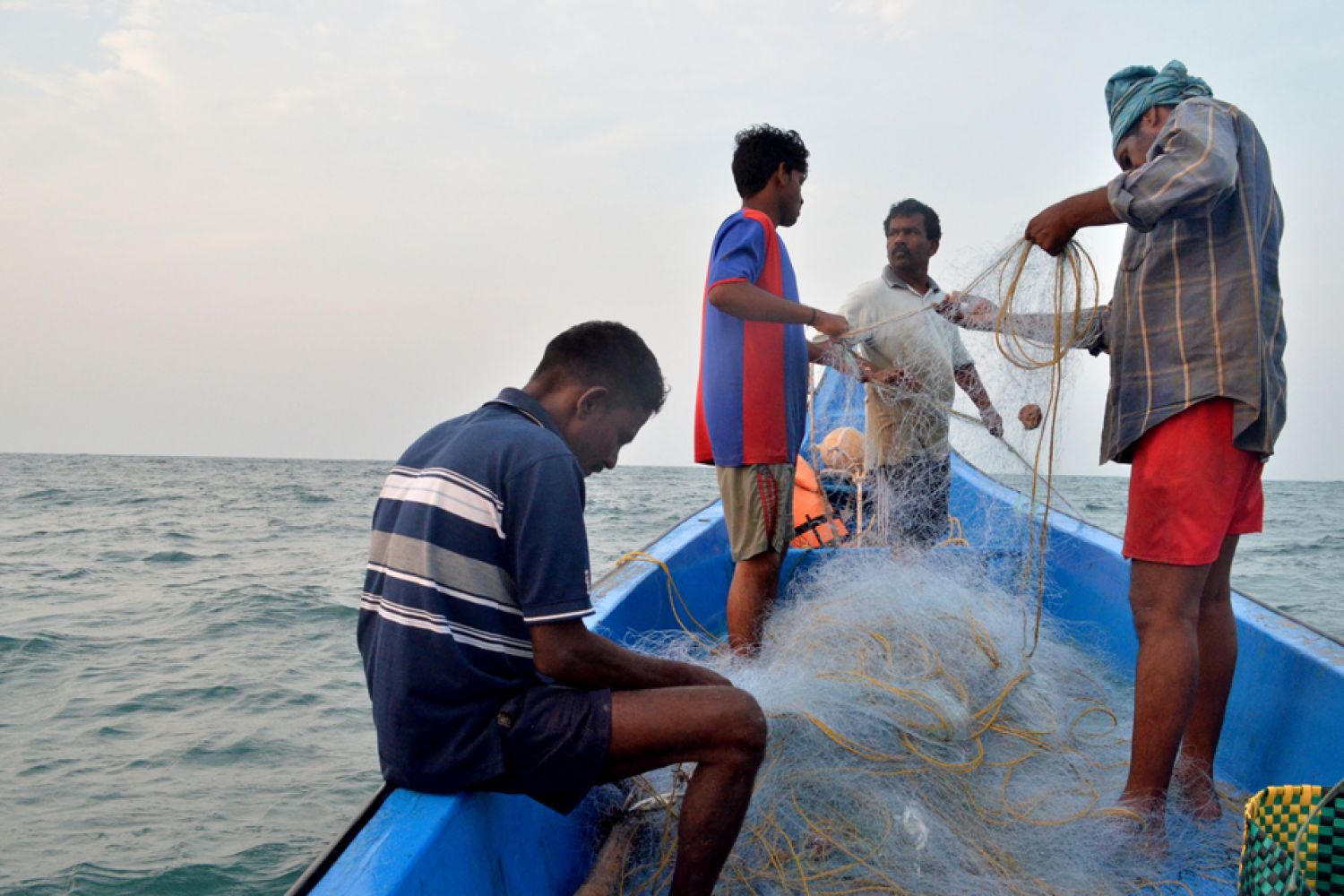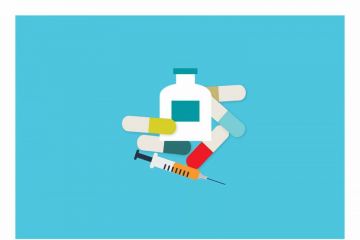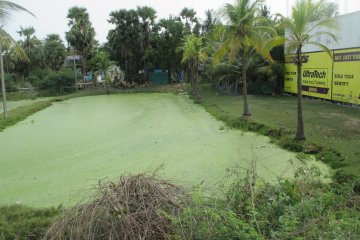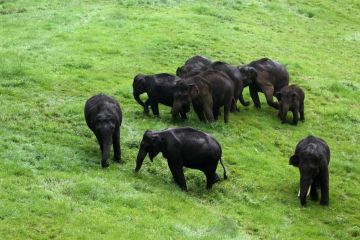
All you need to do to
wake up Raju Narayanan, the fisherman-social activist, sleeping on the beach is
to turn over a few times on the sandy bed. Just as vibration-sensitive beach
crabs scurry for cover into tiny holes, Narayanan too shakes off the sand and
is on his feet, instantly wide awake.
Kovalamkuppam, the
tiny fishing village at Kovalam, Chennai, is fast asleep as small groups reach
their boats, their silhouettes barely visible against the dim lamps far away.
They will lift and d





